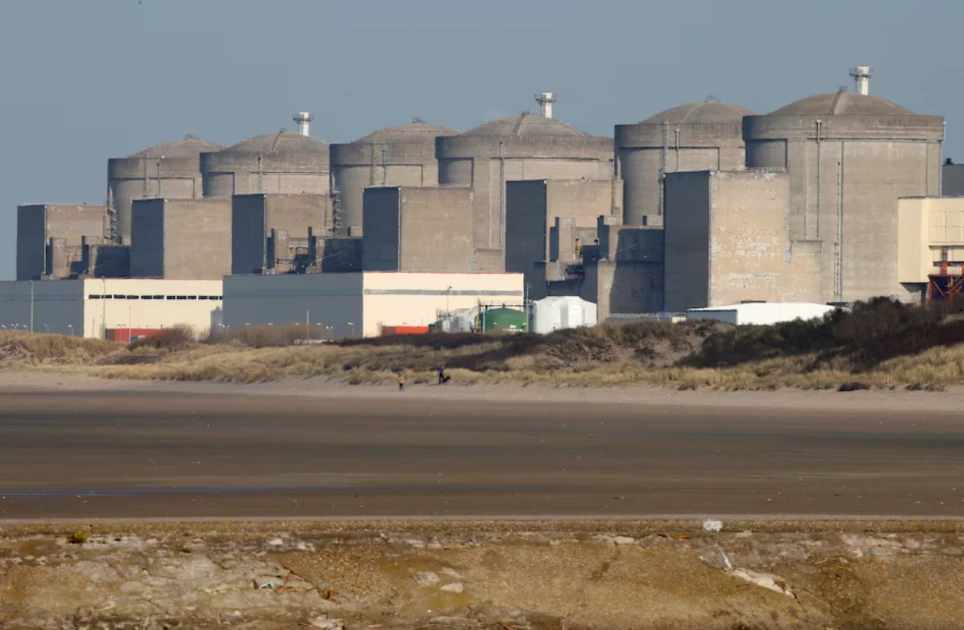Four reactors at France’s Gravelines nuclear power plant were forced to shut down late Sunday after a large swarm of jellyfish clogged its cooling systems, operator EDF announced on Monday.
The incident is believed to be linked to rising sea temperatures, which scientists say are encouraging jellyfish blooms in the region.
Located in northern France between Dunkirk and Calais, Gravelines is one of the country’s largest nuclear facilities, using a canal connected to the North Sea for cooling.
Each of its six units produces 900 megawatts of electricity, giving the plant a total output of 5.4 gigawatts.
EDF said the shutdown affected reactors 2, 3 and 4, which stopped automatically just before midnight when filter drums at the pumping stations became packed with what it described as a “massive and unpredictable” jellyfish swarm. Reactor 6 went offline several hours later.
The other two reactors were already down for scheduled maintenance, meaning the entire plant has temporarily halted production.
A source familiar with the situation said the filter pumps were not damaged and only needed cleaning, allowing for a quick restart. EDF has not identified the species involved but confirmed teams were working to restore operations safely.
Marine experts point to climate change and the spread of invasive species as key factors behind the surge in jellyfish populations. “Jellyfish breed faster when water is warmer, and because areas like the North Sea are becoming warmer, the reproductive window is getting wider and wider,” said Derek Wright, a marine biology consultant with the U.S. National Oceanic and Atmospheric Administration.
He added that jellyfish can travel long distances by attaching themselves to tanker ships, entering ballast tanks in one port and being released into distant waters. In 2020, the Asian Moon jellyfish, native to the Pacific Northwest, was detected in the North Sea.
This species, which thrives in still waters with high plankton levels such as ports and canals, has caused similar shutdowns at nuclear plants in China, Japan and India.
“Everyone talks about nuclear being clean, but we don’t think about the unintended consequences of heat pollution,” Wright said.
EDF stressed that the incident did not threaten the safety of the plant, its workers or the surrounding environment. While the jellyfish near Gravelines are invasive, they do not have a poisonous sting.
The surrounding beaches, already known as departure points for migrants attempting to cross into Britain, have also reported more jellyfish sightings in recent years.
